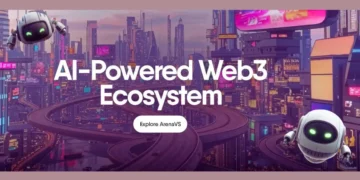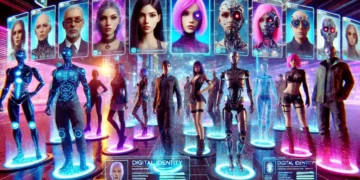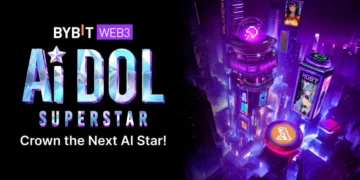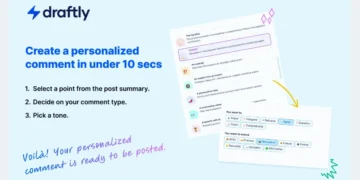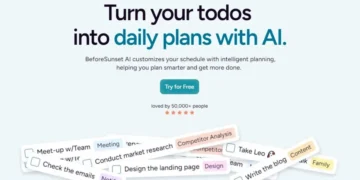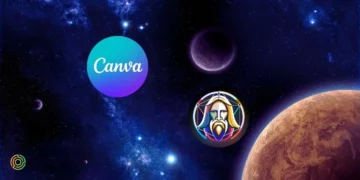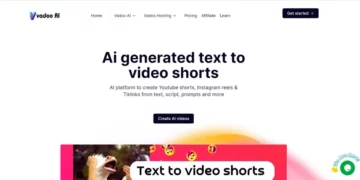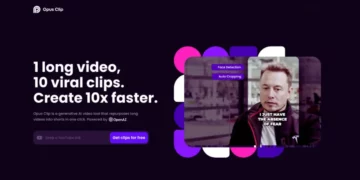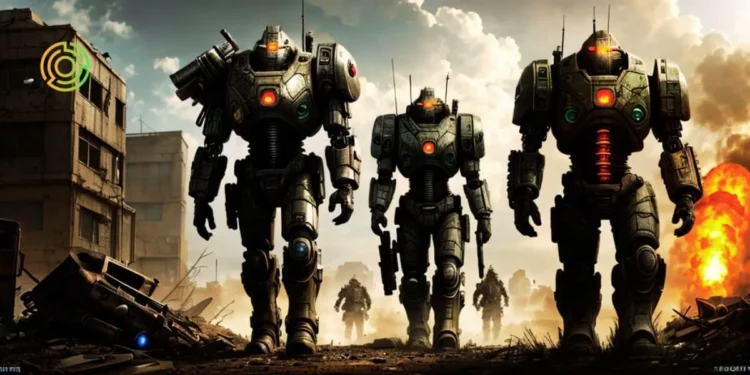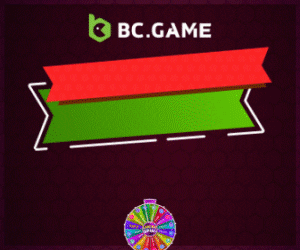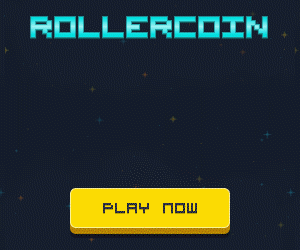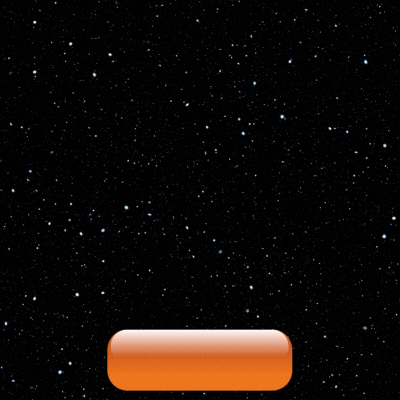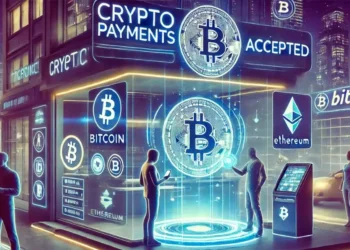In the ever-evolving world of artificial intelligence, giants are constantly battling to assert their dominance. Elon Musk, a name synonymous with innovation, has recently thrown his hat into the ring, introducing Grok, a chatbot developed by his AI company, xAI. This move marks an intriguing addition to the ongoing competition between AI entities like ChatGPT and Bard. In this article, we will delve into the intricacies of this generative AI war, exploring the features and potential impact of these groundbreaking technologies.
The Emergence of Grok
Elon Musk’s introduction of Grok adds a compelling dimension to the generative AI landscape. Musk’s AI company, xAI, launched Grok with the intent to rival existing AI powerhouses such as ChatGPT and Bard. Although Grok is currently available only to a select group of users, it is set to become accessible to paid subscribers of X, formerly known as Twitter. Musk’s statement, “In some important ways, it’s the best there is right now,” signifies his ambition to establish Grok as the frontrunner in the AI race.
Understanding Grok
xAI has provided a detailed explanation of Grok’s development process, shedding light on the model’s capabilities and structure. Grok-1, the current language model, has 33 billion parameters, a substantial advancement from its predecessor, Grok-0. The name ‘Grok’ is an homage to Robert A. Heinlein’s novel, “Stranger in a Strange Land,” where it signifies a profound and intuitive understanding of a subject.
Example of Grok vs typical GPT, where Grok has current information, but other doesn’t pic.twitter.com/hBRXmQ8KFi
— Elon Musk (@elonmusk) November 5, 2023
Grok’s training data currently extends up to July 2023, but it possesses the unique capability of accessing real-time information through a continuous connection with X. This feature is a distinctive advantage, though concerns about information accuracy and filtering remain.
Grok’s creators emphasize their commitment to answering a wide range of questions, catering to diverse backgrounds and political perspectives. This focus aligns with Musk’s concerns about internet manipulation in favor of the left, making it clear that Grok aims to provide unbiased information.
Accessibility and Progress
Grok is currently available to users who register on a waiting list and are selected. Additionally, all users of X Premium+ can access the initial version, provided they subscribe to the premium service. It’s worth noting that Grok is in its beta stage and will receive regular improvements. Musk has even stated that Grok is designed to infuse humor into its responses, highlighting its lighthearted side.
Elon Musk’s Complex Relationship with AI
The emergence of Grok adds an intriguing layer to Elon Musk’s engagement with AI. Musk was a co-founder of OpenAI, and his past stance on AI technology has been ambivalent. In a letter signed last March, he expressed concerns about technological advancements and called for a moratorium on significant AI experiments. However, almost simultaneously, it was revealed that Musk had made substantial investments in AI, acquiring thousands of graphics processing units (GPUs) to develop Grok.
ChatGPT: The Game Changer
OpenAI’s ChatGPT needs no introduction in the world of AI. Launched almost a year ago, it triggered an AI boom, prompting Microsoft to invest $10 billion and take a majority stake in the company. ChatGPT evolved from GPT-3.5 to GPT-4, a leap in power and speed, with 1.5 trillion parameters compared to its predecessor’s 175 billion. This advancement enables the generation of images from text descriptions and access to real-time information.
While ChatGPT offers free usage, a subscription to ChatGPT Plus unlocks additional features. For those who prefer free access to GPT-4, Bing Chat, developed by Microsoft, provides an alternative.
Bard: Google’s Response
Google’s foray into the AI space led to the creation of Bard, a chatbot running on the in-house language model, PaLM-2. Bard boasts 340 billion parameters, offering features similar to GPT-4, including access to updated information and image generation. The key difference is that Bard is entirely free for users, with no subscription service currently available.
Claude: The Amodei Brothers’ Innovation
Former OpenAI employees, Daniela and Dario Amodei, have made waves with Anthropic, their AI company. Claude, their chatbot, operates in a similar vein to ChatGPT, focusing on text-only interactions. Claude’s language model has been trained on 130 billion parameters and offers both free and paid access, with a token-based payment system. However, it is not yet available in Spain and the rest of the European Union.
Meta’s Open Source Approach
Meta, the parent company of Facebook, Instagram, and WhatsApp, has taken an open-source approach to generative AI. While they have not introduced a chatbot equivalent to ChatGPT or Bard, they have made their LlaMa 2 language model available for developers. This approach aims to facilitate AI development and application creation.
Conclusion
The generative AI war has seen the emergence of formidable contenders like ChatGPT, Bard, Grok, and Claude, each with its unique features and goals. Elon Musk’s entry into the field with Grok intensifies the competition, promising innovations and advancements in AI technology. The future of AI is marked by uncertainty and excitement as these giants continue to redefine the boundaries of what’s possible.
FAQs
1. How can I access Grok, Elon Musk’s new chatbot?
Grok is currently available to a select group of users and, in the near future, to paid subscribers of X, formerly known as Twitter. To access Grok, you can join a waiting list and, if selected, you will be granted access. Additionally, all users of X Premium+ (formerly Twitter Blue) can use the initial version of Grok, provided they subscribe to the premium service.
2. What sets Grok apart from other AI models like ChatGPT?
Grok’s uniqueness lies in its ability to provide a deep and intuitive understanding of various subjects. It offers access to real-time information and emphasizes providing unbiased answers, catering to individuals with diverse backgrounds and political views. Grok is designed to have a sense of humor in its responses, making it distinct from other AI models.
3. Are there any subscription options for ChatGPT, and what do they offer?
Yes, ChatGPT offers a subscription service called ChatGPT Plus. This subscription, priced at 22.5 euros per month, unlocks additional benefits such as enhanced features and support. However, a free version of ChatGPT is also available for users who do not subscribe to ChatGPT Plus.
4. Is Bard, Google’s chatbot, available for free to users?
Yes, Bard, Google’s chatbot, is available for free to users. Google has not introduced a subscription service for Bard, making it accessible to a wide audience without any cost.
5. What distinguishes Claude from other chatbots in the AI landscape?
Claude, developed by Anthropic, focuses on text-based interactions and offers both free and paid access. It emphasizes making its responses more secure and conversations more fluid. Claude is paid based on the number of queries through a token system, and it is not currently available in Spain and the rest of the European Union.
Follow us on our social networks and keep up to date with everything that happens in the Metaverse!
Twitter Linkedin Facebook Telegram Instagram Google News Amazon Store
Recent Posts
- How to accept Bitcoin Payments and other Cryptocurrency as a Business
- Metaverse Fashion Week 2025: Global Designers Challenge Borders, Identity, and the Limits of Physical Fashion
- Elon Musk’s AI platform — Presentation of New AI Assistant from ArbitrageScanner. Traders review
- Finnovex Saudi Arabia 2025: Empowering the Fintech Ecosystem — From Disruption to Collaboration
- Paris Blockchain Week 2025 set to Unite Global Leaders for Europe’s Flagship Blockchain Gathering


